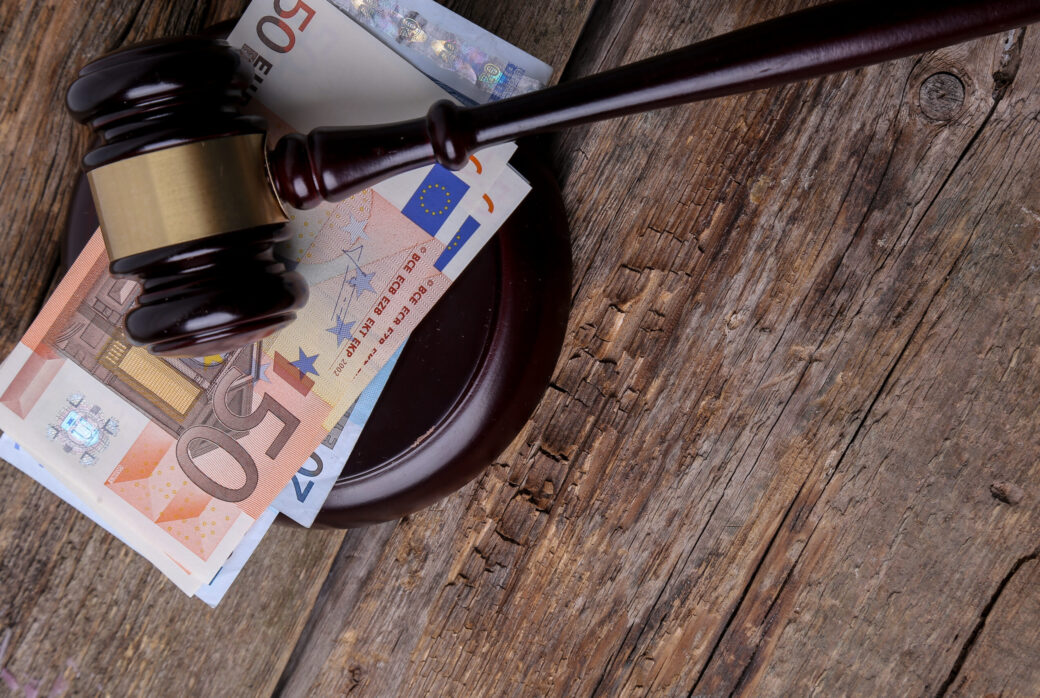Improve your Conversion with xd for your B2B Customers
Business to Business (B2B) eCommerce is on the rise, and B2B companies are now moving from just having a quick fix B2B online solution, to having the right platform and an experienced provider who understands business rules, processes and issues.
As a business owner your main aim is to increase your income, and you can achieve that through a multitude of goals, such as increasing your customer base, increasing your products penetration rate, investment in branding or by targeting your customers through personalisation.
What is eCommerce Personalisation?
Personalisation is the term used by online retailers that refers to the practice of creating personal interactions and experiences on eCommerce sites by dynamically showing content, media, or product recommendations based on browsing behaviour, purchase history data, demographics and psychographics. Personalisation has proved its importance in the B2C market in terms of return on investment and profit, and as its expected that in the next five years B2B eCommerce to be twice as large as B2C eCommerce, then personalisation is a critical need for your B2B success story. While B2C personalisation is the model for B2B, it is worth underlining some behavioural differences between B2B and B2C customers, to be able to prioritise your eCommerce Personalisation needs.
Behavioural differences between B2B and B2C customers
Numerous psychological studies of people making buying decisions have shown that both rational and emotional factors are brought into play during purchases. Businesses tend to create processes to ensure that their decisions are as rational as possible. However, most marketing aimed at consumers is designed to tap into their emotions and aspirations.
What Business Customers expect today
Identifying Need
- Businesses are more likely to proactively identify a need as a part of their overall business strategy. Consumers identify practical buying needs in a similar way. However, they also tend to be influenced by advertising and marketing techniques that introduce new products.
- Recommendations and product listing: Tailor your home and product pages to match each user’s history on your site. And save their preferences and shopping carts too.
- Search: Use site search that allows for filtering, sorting by business rules, synonyms, and autosuggest. You should also adapt search results based on preferences and behaviors and drive further sales, for cross-selling or up-selling opportunities.
Product Specification
Consumers often have a clear idea of what they want a new purchase to do, but very seldom do they draw up a product specification in the manner of a business. Consumers are also much more flexible when looking at potential purchases, and will ignore their initial specification if faced with something they like better, and while this could also work for business customers, its not the usual case. Business customers will have a person or group of people whom will articulate exactly what the new purchase should do, how much it should cost, and the benefits it will bring to the company.
Customisable Content Page: You will need to understand your customer point of view. What do they want to see in a product page? What details are they looking for?
- Customizable pricing: Customers can receive the right products and pricing information with personalised price lists. Dynamic prices involve reflecting pre-configured business rules and negotiated contract pricing terms. Tailoring your pricing can increase profitability and improve satisfaction.
Evaluating Suppliers
- Businesses evaluate suppliers. Many have policies that insist upon obtaining quotes from at least three different suppliers before a purchase is made. They also assess the reliability and reputation of suppliers. Consumers rely more on brand reputation and comparison shopping.
- Improved Reviews: Business customers will need more than generic review about the supplier. Net Promoter Score (NPS) is an index ranging from -100 to 100 that measures the willingness of customers to recommend a company’s products or services to others. It is used as a proxy for gauging the customer’s overall satisfaction with a company’s product or service and the customer’s loyalty to the brand.
Purchase Decision
- There comes a point when both businesses and consumers make a decision to buy. For businesses, this comes after a long process and probably discussion by a committee. Consumers might discuss major purchases with partners or friends, but ultimately it is usually one person making the decision.
- Customizable Shopping Cart: You need to understand the business process to be able to offer enhanced usability for Purchasing employees to be able to get the information they need quickly and easy, that will increase user satisfaction and conversions eventually.
Post Purchase
- Most of B2B sales will be the same and scheduled, unlike the B2C sales will be most likely a one-off.
Quick repeat ordering: B2B customers usually know exactly what they want and will order again. Make purchases easier by highlighting their previous orders and automating re-orders.
Similarities between B2B and B2C
Above we targeted personalisation that is more important for a B2B than B2C, but below we will target personalisation expectations for any eCommerce solution
- Social media: Don’t make the mistake of thinking social isn’t important in the B2B marketplace. Successful B2B merchants are bringing together sales and marketing departments to develop social-selling tactics to build relationships with buyers. Research suggests the bigger spenders tend to use social as part of their journey.
- All devices: Make sure that all your personalisation features are fully optimized for mobile too. Long gone are the days when you should be picturing your B2B buyer at their desktop only, a mobile B2B focus is essential today.
Remember… Personalisation is no longer an option in the world of B2B eCommerce; it is critical




